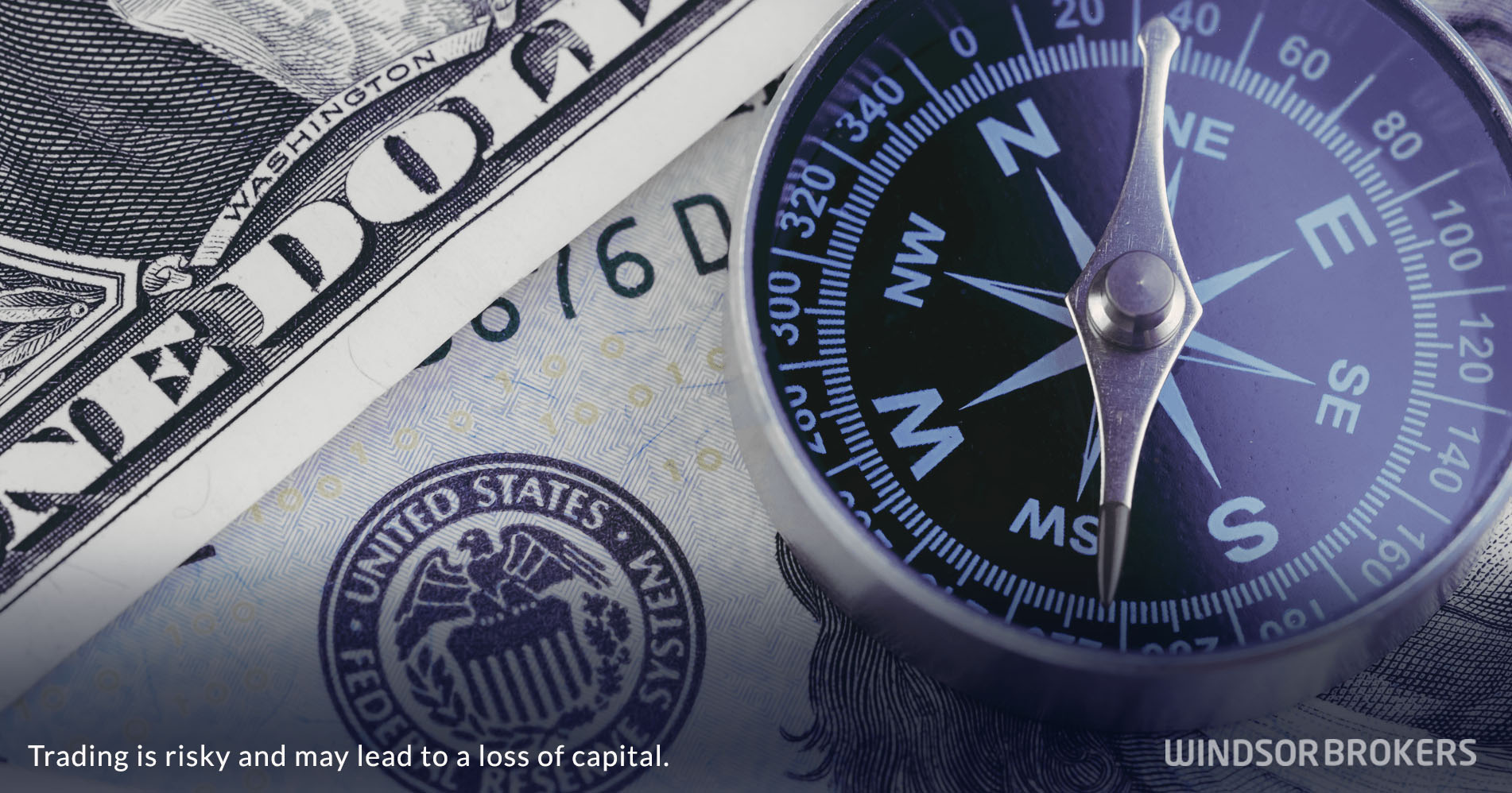US inflation rises in January and consumer spending surges, boosting expectations for more rate hikes
The US personal consumption expenditures (PCE) Fed’s preferred indicator for inflation, which makes the key contribution to monetary policy decisions, increased 5.4% y/y in January, compared to December’s upwardly revised 5.3% and above consensus for 5.0% rise, while monthly figure was up by 0.6% vs 0.2% increase previous month and 0.5% forecast.
Core PCE index, which excludes volatile energy and food components, was up 4.7% y/y from 4.6% in December (revised up from 4.4%) and beating expectations for 4.3% increase.
The strongest rise was registered in consumer spending, which surged by 1.8% in January, after repeated decline by 0.1% in December / November and overshot expectations for 1.3% increase.
Consumer spending, which is the largest contributor to the US economy, marking more than two-thirds of total economic activity, was mainly driven by nearly 9% increase in the cost of living (the strongest rise in over four decades).
Strong January numbers suggest that consumer spending regained traction due to solid rise of income and moved to fast growth lane at the start of the year, contributing to positive signals from tight labor market that the economy may slow but will not slide into recession.
The latest data add to expectations that the US Federal Reserve would remain in extended policy tightening path, after a massive rise in US payrolls in January and claims for unemployment benefits remaining below 200K for a several weeks, while the economy stays resilient, despite slowdown in the activity in the fourth quarter.
The US central bank already expressed its hawkish stance in the minutes of the last policy meeting, although the pace of policy tightening has eased, the policymakers expressed their readiness to continue raising interest rates until reaching their primary goal – putting high inflation under control and pushing it towards 2% target.
The Fed raised its policy rate by 450 basis points since start of tightening cycle in March last year, moving from near-zero levels to the current 4.50%-4.75% range and expected to deliver another two hikes by 25 basis points in next policy meetings in March and May.
The minutes of the last policy meeting also signaled that the central bank left the door open for more hikes, with increase in size also being on the table that already triggered speculations of another 0.25% in June.


